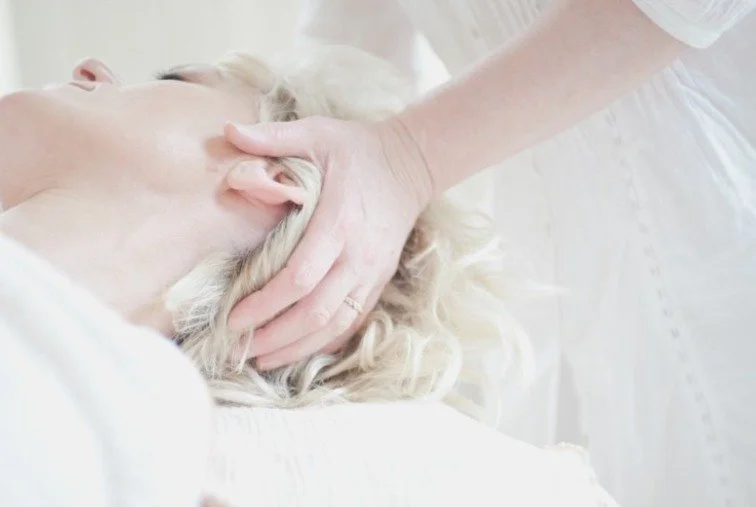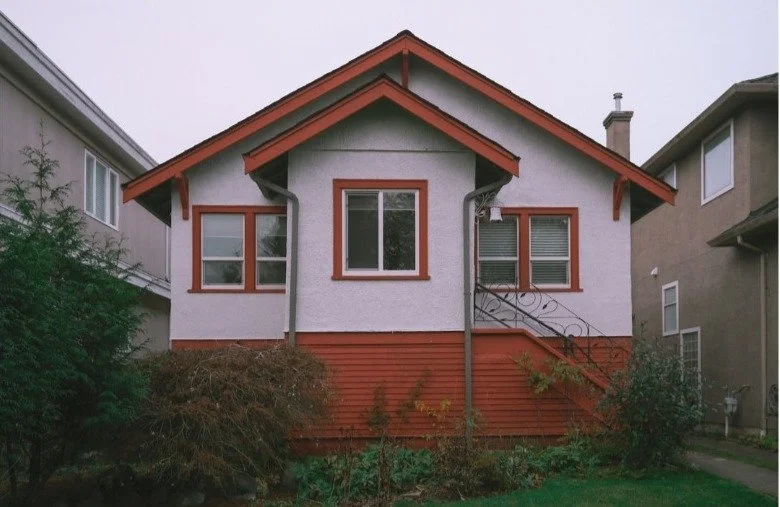How Often Should You Repaint Your Home's Exterior?
Are you wondering about the tell-tale signs that it might be time to give your house a fresh coat of paint?
Do you find yourself pondering how frequently your home’s exterior requires a new paint job to maintain its aesthetic appeal and structural integrity?
There are several factors that determine when it's time to refresh your home’s exterior paint, and understanding these can lead to a more beautiful and well-protected abode.
Why Maintaining Exterior Paint is Crucial
Keeping up with your home's exterior painting is not merely an aesthetic decision.
Paint serves as a protective barrier against harsh weather conditions, pests, and environmental factors that can damage the underlying structure of your property.
Well-maintained paint can increase curb appeal and property value.
Furthermore, homeowners who regularly update their house painting find it easier to sell their property when the time arises.
Factors Influencing Repaint Frequency
Geographic Location
One of the most significant factors affecting how often you should repaint is your geographic location.
Homes located in regions with extreme weather conditions—like blazing sun, heavy rain, or strong winds—may require more frequent painting.
Coastal areas, where salty air and humidity are prevalent, can also accelerate paint deterioration.
Types of Paint
The kind of paint you select plays a crucial role in how long your paint job will last.
High-quality, durable paints can withstand the elements better than cheaper alternatives.
Latex paints, for example, are known for their flexibility and resistance to peeling and are often recommended for exterior house painting.
Before choosing a type of paint, consider factors like color retention and resistance to fading.
Surface Material
Different materials age differently under the same conditions.
For instance, wood sidings may need repainting every 3 to 7 years, while brick can go 15 to 20 years without a touch-up if properly painted the first time.
Knowing the specific needs of each material can guide your repainting schedule.
Previous Paint Job Conditions
The quality of the previous paint job, including the level of preparation and the number of coats applied, has a lasting impact on the paint's longevity.
Preparation work like sanding, priming, and caulking can increase the lifespan of a paint job.
General Wear and Tear
Pay close attention to any signs of wear and tear like flaking, cracking, or peeling paint.
These are indicators that you might need to consider repainting sooner rather than later.
Fungal growth such as mold or mildew is also a sign that it's time to freshen up your exterior.
Benefits of Timely Repainting
Protection from Weather
Repainting at regular intervals protects your home from harsh elements.
New paint layers act as a seal, preventing moisture from seeping into walls and causing structural damage.
Enhanced Curb Appeal
A fresh coat of paint instantly boosts your home’s curb appeal.
This is particularly beneficial if you are planning to sell soon, as potential buyers are visually influenced by appearance.
Increased Property Value
Well-maintained exterior paint is an investment that increases your home’s market value.
Regular updates not only add beauty but also demonstrate that the home has been well cared for.
Cost Efficiency
While it might seem expensive upfront, timely repainting prevents costly repairs down the line.
Maintaining paint reduces the need for more extensive work on rotten wood or structural issues.
Choosing the Right Paint Color
Choosing the right color plays an integral part in quality house painting.
Not only does it affect the aesthetic aspect, but it may also influence the paint’s durability.
Lighter colors tend to last longer, as they are better at reflecting the sun’s rays, while darker shades absorb more heat, which could shorten the paint's lifespan.
Consider the existing palette of your neighborhood, which can also influence the best choice for your home’s exterior to achieve harmony and community cohesion.
Planning for the Future
When selecting the paint for a residential painting project, think ahead.
Opt for colors that remain appealing over time and that you are less likely to tire of in the coming years.
DIY Painting vs. Hiring Professionals
Deciding whether to take on a project yourself or hire residential painting professionals can influence how long your exterior paint lasts.
DIY Painting
For those who enjoy tackling home improvement projects and have the right skills and equipment, DIY painting can be an option.
It’s essential to invest in high-quality paints and tools, and to thoroughly prepare surfaces to achieve optimal results.
Be mindful of safety precautions, particularly when working at heights.
Professional Painting Services
Hiring professionals can ensure a smooth and long-lasting finish.
Professional painters bring expertise, the right tools, and attention to detail that may be difficult to match with DIY efforts.
While it may require a more substantial initial investment, it often results in better quality work and may extend the time between your painting cycles.
Conclusion
The frequency of exterior house painting varies depending on various factors such as geographic location, type of paint, surface material, and previous painting conditions.
Understanding and acting upon these elements ensures that your home remains protected and aesthetically pleasing.
Regularly scheduled painting not only enhances curb appeal but also protects your investment by preventing structural damage.
A well-executed residential painting project can provide numerous benefits, from increased property value to reduced maintenance costs over time.
Being proactive in house painting can lead to a more enjoyable living environment and ensure that your home continues to shine brightly in your neighborhood.




